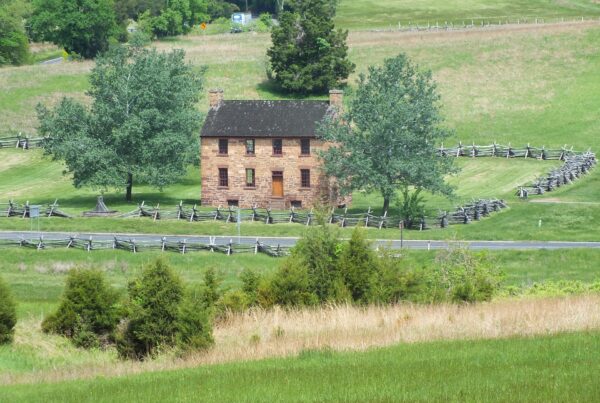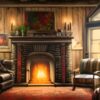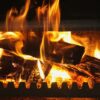The art of understanding smoke signals has been a crucial part of human civilization, tracing back to ancient times when indigenous tribes across the globe used it as a means of communication over long distances. Today, in the modern age, smoke signals have taken on a new connotation, particularly when it comes to the world of fireplace diagnostics. It might come as a surprise to some, but the smoke emanating from your fireplace can tell a lot about its health and overall condition. This article delves into the mystery of smoke signals and how they’re crucial to fireplace diagnostics in Prince William County, VA.
The first thing to understand about smoke signals is that they’re not just random puffs of smoke. They’re the visible result of combustion, and their color, density, and consistency can hint at various issues, from a dirty chimney to more severe problems like a blocked flue or damaged lining. Here’s where the professionals come in. Experts like A&T Chimney Sweeps, a company offering fireplace, furnace, dryer vent, gutter cleaning, and repair services in Prince William County, VA, play an invaluable role in diagnosing and addressing these issues.
The Color of Smoke
One of the primary factors that professionals consider when diagnifying your fireplace is the color of the smoke. White or light gray smoke generally indicates a healthy fireplace with optimal combustion. It signifies that the fire is burning at high temperatures and the wood is fully combusting, producing little to no creosote.
On the other hand, darker smoke, typically black or dark gray, could signify several problems. It could mean that the fire isn’t burning hot enough, causing incomplete combustion. This leads to the production of creosote, a highly flammable and corrosive byproduct that can build up inside your chimney and cause a house fire if not regularly cleaned.
The Density of Smoke
The density of the smoke is another crucial factor in fireplace diagnostics. Thick, heavy smoke indicates that the wood isn’t burning properly. This could be due to various factors, such as the wood being too wet or the fireplace not receiving enough oxygen. In contrast, thin smoke usually signals a well-functioning fireplace.
The Consistency of Smoke
The consistency of smoke can also provide insights into the state of your fireplace. If the smoke is uneven or pulsating, it could signify a blockage in the chimney, such as a bird’s nest, a buildup of creosote, or a malfunctioning damper. On the other hand, steady, continuous smoke is generally a sign of a healthy fireplace and chimney.
While the signs may seem easy to read, diagnosing the actual problem can be complex and requires a comprehensive understanding of fireplaces and combustion principles. Therefore, it’s best to leave the job to professionals like A&T Chimney Sweeps, who have years of experience and the necessary tools to accurately diagnose and fix any issues.
FAQs
1. How often should I get my fireplace inspected?
Fireplaces should be inspected at least once a year, preferably before the start of the heating season. This ensures that any issues are identified and addressed before they become significant problems.
2. What causes black smoke from a fireplace?
Black smoke from a fireplace is usually due to incomplete combustion. This can be caused by various factors, including wet or unseasoned wood, lack of sufficient oxygen, or a too-cool fire.
3. What does it mean if my fireplace is producing a lot of smoke?
If your fireplace is producing a lot of smoke, it could indicate a problem with the chimney or the fireplace itself. It could be due to a blockage in the chimney, issues with the damper, or improper use of the fireplace.
4. Can smoke from the fireplace harm my health?
Yes, fireplace smoke can be harmful to your health. It contains various harmful substances, including carbon monoxide, particulate matter, and volatile organic compounds. Prolonged exposure can lead to respiratory issues and other health problems.
5. How can I reduce the amount of smoke from my fireplace?
You can reduce the amount of smoke from your fireplace by using seasoned wood, ensuring adequate ventilation, and maintaining a hot fire.
In conclusion, smoke signals are more than just a relic of ancient times; they play a crucial role in the modern-day art of fireplace diagnostics. By understanding the color, density, and consistency of the smoke from your fireplace, you can unravel the mystery of its health. And when in doubt, professionals like A&T Chimney Sweeps are here to help.








